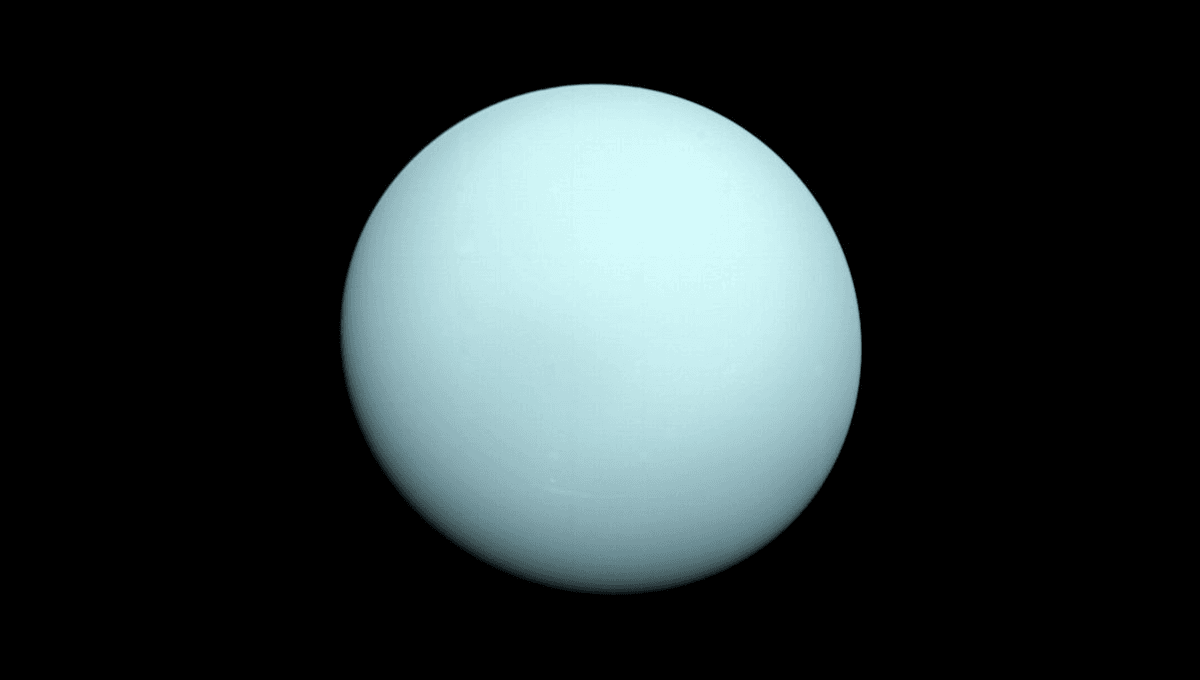
Between the orbits of Saturn and Neptune, there is a population of minor space bodies known as the Centaurs. There could be up to 10 million of them, but they tend to have unstable orbits due to the gravitational influences of the giant planets. Occasionally, some enter a temporary stable orbit, joining one of the planets in a resonance. This is what is believed to have happened between Centaur 2015 OU194 and the planet Uranus, the first ever report of this kind of orbital dance in this region of the Solar System.
Resonance has been seen in many different places. Two celestial bodies are in resonance when their orbital periods are in a ratio of small integers. For example, the Jovian moons Io, Europa, and Ganymede are in a 4:2:1 resonance. That means that for every four orbits of Io (the innermost), Europa does two orbits, and Ganymede does one.
In a new paper that is currently awaiting peer review, an international team of researchers reports that they tracked Centaur 2015 OU194 in data from the Subaru Telescope, including the first recorded observation in 2015 and further observations across multiple years. They found evidence to suggest the Centaur is in a 3:4 mean motion resonance, so for every three orbits of 2015 OU₁₉₄ around the Sun, Uranus does four.
According to the computer simulation, this dance has kept this cosmic ballet stable for at least 1 million years, and it seems it won’t change for another 500,000 years. It might be more stable than that, but the team would need more precise orbital parameters, which can only come from more observations, to further refine the stability of this resonance into the past and into the future.
There have been two other Centaurs discovered to be in resonance with Uranus. These are 2000 QC243 and 2001 XZ255, which are, respectively, in a 5:4 and a 4:3 resonance with Uranus. Both of them are between the orbits of Saturn and Uranus.
The team was also curious to know just how unique 2015 OU194 is, being an outer resonance. They found two other candidates that have the right distance from the Sun to fit the bill.
One is 2013 RG98, which might also have a 3:4 resonance, although not as stable, from modeling it into the past and into the future. So, this might introduce a potential third partner into this orbital dance.
The other object is 2014 NX65, which is definitely not resonant with Uranus but might have an inner 3:2 resonance with Neptune that comes and goes, with each phase lasting tens of thousands of years. Neptune has recently been reported to be in a 10:1 resonance with a trans-Neptunian object.
The study, which is yet to be peer reviewed, is posted to arXiv.
Source Link: Uranus Has A New Dance Partner Orbiting The Sun Every 113 Years – And Might Even Be In A Throuple